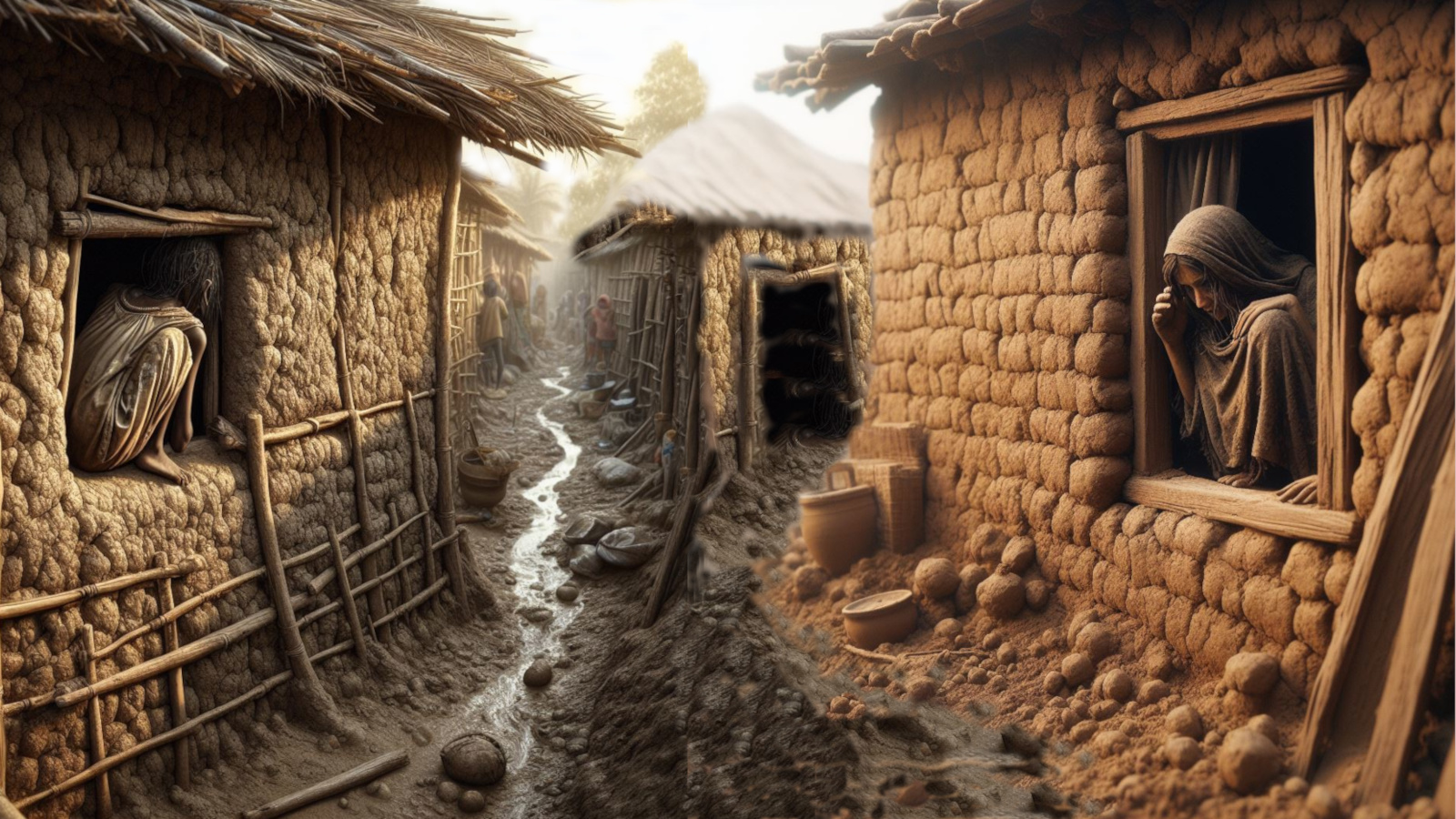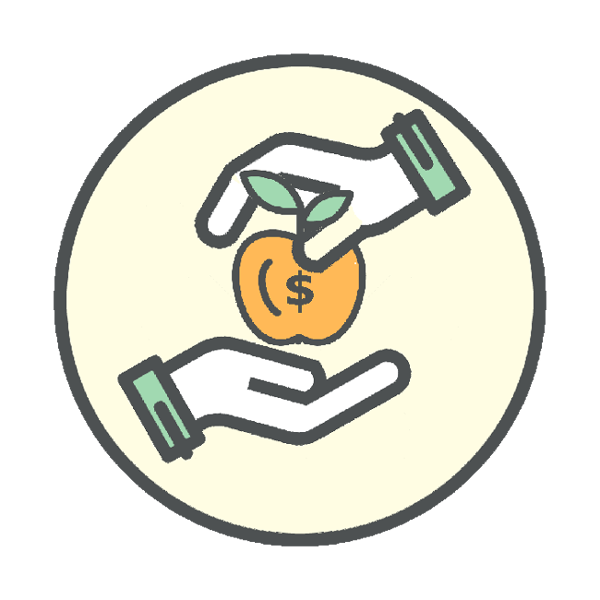Has Starvation Killed More Than COVID 19?
Worldwide, it is estimated that more people ultimately starved to death from the COVID-19 lockdowns than from sickness caused by COVID-19. This is not hard to fathom since over 24,000 people died each day from starvation before COVID-19 entered the scene, and once the developed nations took drastic lockdown measures, with most developing nations following their lead, those figures were expected to rise exponentially all along. Organizations such as the World Health Organization (WHO) and the National Institues of Health (NIH) predicted starvation and poverty numbers to spike among the most impoverished regions early in the pandemic's onset. Compared to the lower-than-predicted COVID-19 death statistics, the increased hunger deaths caused by the lockdowns appears to be the larger killer than the pandemic itself in hindsight. However, some experts will point out that the lockdowns saved lives by prolonging the virus’ onset, allowing for less overwhelmed hospitals.
Lockdowns swept the world, all in the name of avoiding impending deaths caused by a virus that was predicted to kill tens of millions, but those predictions had, happily, proven to be far less as reality unfolded and our collective immune systems proved to be stronger than once expected by the experts. Now that COVID 19 is largely behind us, the World Health Organization (WHO) has reported that the pandemic officially took well over 3 million lives. As much of a noble effort has been put into prolonging imminent exposure to the deadly virus, that does not change the fact that an exponential amount of people have starved to death in developing nations from economies put on halt due to lockdowns, many millions more than would otherwise starve to death had these lockdowns not taken place in impoverished nations.
As hard as it is to accurately estimate the outcome of a disease, many trusted organizations worked diligently to weigh the many factors that go into a well-balanced prediction. It's a tough scenerio for the governments of the world. Back in the first months of the virus' onslought, the IHME, an expert-trusted coronavirus model producer frequently cited by the White House, predicted a half-million people dying from the plague once it runs its course. The world-wide COVID-19 death count turned out to be much higher, up in the millions as noted by the WHO. Still, it is a smaller amount compared to the amount of lives that have been and will continue to be lost to hunger over the same period and the aftermath. One million people is still only about 40 days’ worth of starvation deaths, statistically speaking. That stat is taking data from back before the COVID-19 virus came onto the scene. After COVID-19 came, the statistics for starvation deaths had skyrocketed. The UN predicts that deaths had approximately doubled as a result of the lockdowns.

 Americans are also mostly allowed to go for walks and choose to have interactions with others in public if deemed necessary while facing minimal penalties from the government.
Americans are also mostly allowed to go for walks and choose to have interactions with others in public if deemed necessary while facing minimal penalties from the government. but they were also forced to make themselves vulnerable to the face of every other type of crisis as well, especially in the area of food. When the situation becomes that desperate, the vulnerability to other diseases and poverty-related issues increases as well and the snowball effect takes place. As Covid-19 cases increase worldwide, there were a correlative rise in other deaths as well, and in the case of the already frail food infrastructures in most of these countries, most of those deaths will be from starvation.
but they were also forced to make themselves vulnerable to the face of every other type of crisis as well, especially in the area of food. When the situation becomes that desperate, the vulnerability to other diseases and poverty-related issues increases as well and the snowball effect takes place. As Covid-19 cases increase worldwide, there were a correlative rise in other deaths as well, and in the case of the already frail food infrastructures in most of these countries, most of those deaths will be from starvation.




SHARE THIS PAGE!